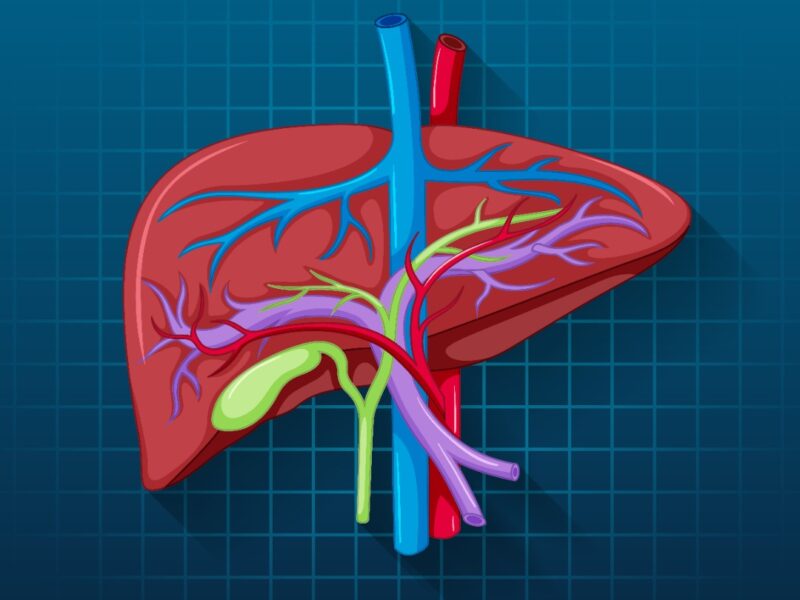Simply put, hepatitis refers to inflammation that damages the liver. The World Health Organization (WHO) also explained that it is caused by a variety of infectious viruses and non-infectious agents leading to a range of health problems, some of which can be fatal.
Hepatitis viruses have been classified into different types, including Type A, B, C, D, and E. And each one has its own mode of transmission, such as the relentless nature of the illness, geographical spread, and precautionary measures.
For instance, the BMC Infectious Diseases (an open-access peer-reviewed journal) identified the North West region of Nigeria as a geopolitical zone with the most cases of hepatitis.
The Orland Pharmacy, listing hepatitis viruses and their methods of transmission, explained that:
The behavioral pattern of each type of hepatitis virus and preventive measures
-
Hepatitis A – is transmitted by consuming food or water contaminated by feces from an HAV-infected person.
-
Hepatitis B – is transmitted through contact with infectious blood, vaginal secretions or semen, sharing razors, or HBV-infected syringes.
-
Hepatitis C – is transmitted through direct contact with infected body fluids, injection drug use, and sexual contact.
-
Hepatitis D – is contracted through direct contact with infected blood.
-
Hepatitis E – is waterborne, typically resulting from ingesting fecal matter that contaminates the water supply.
The ability of hepatitis to hide until the liver is damaged makes it a dangerous infection.
